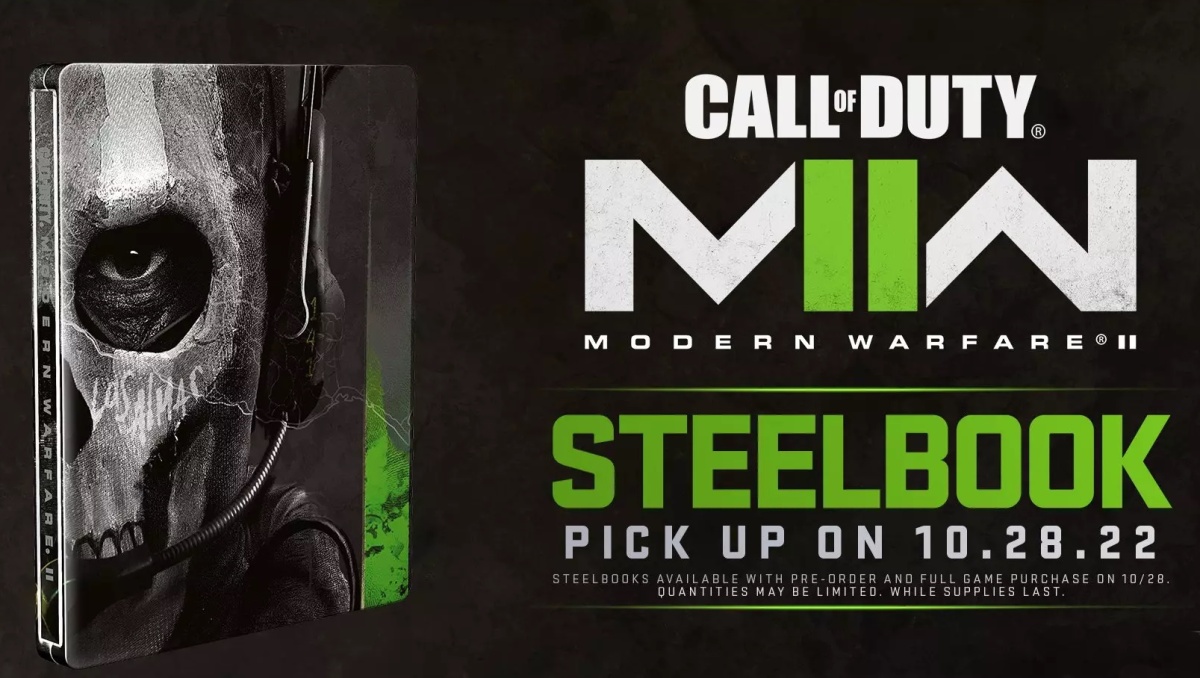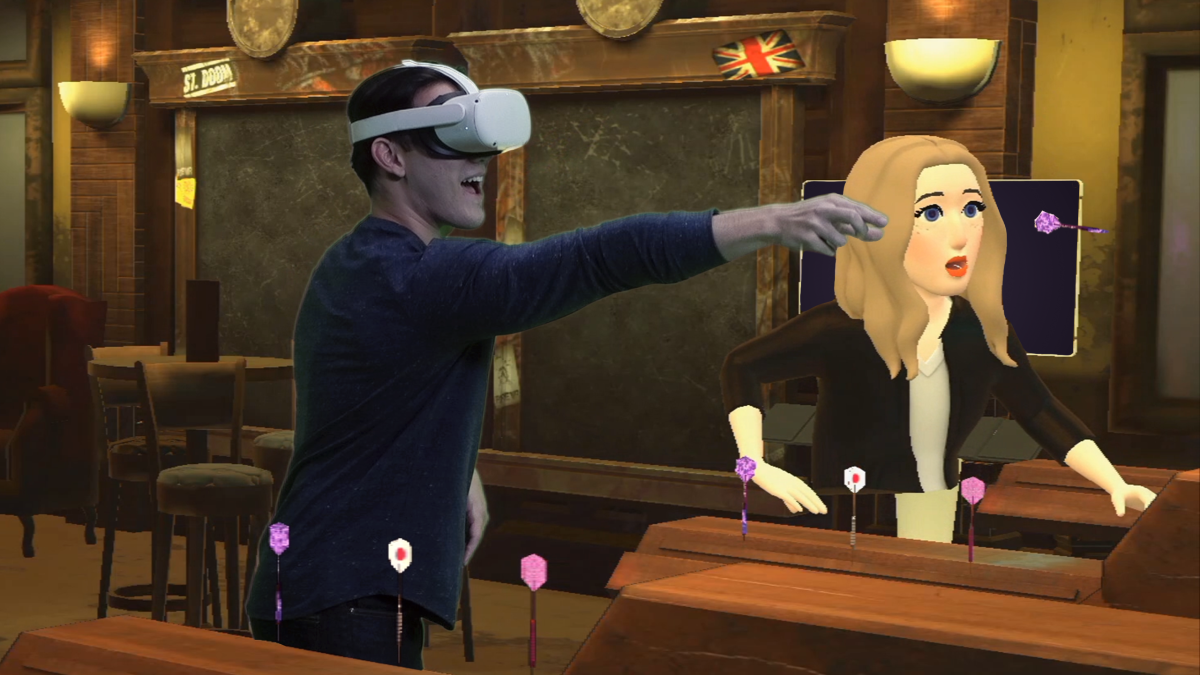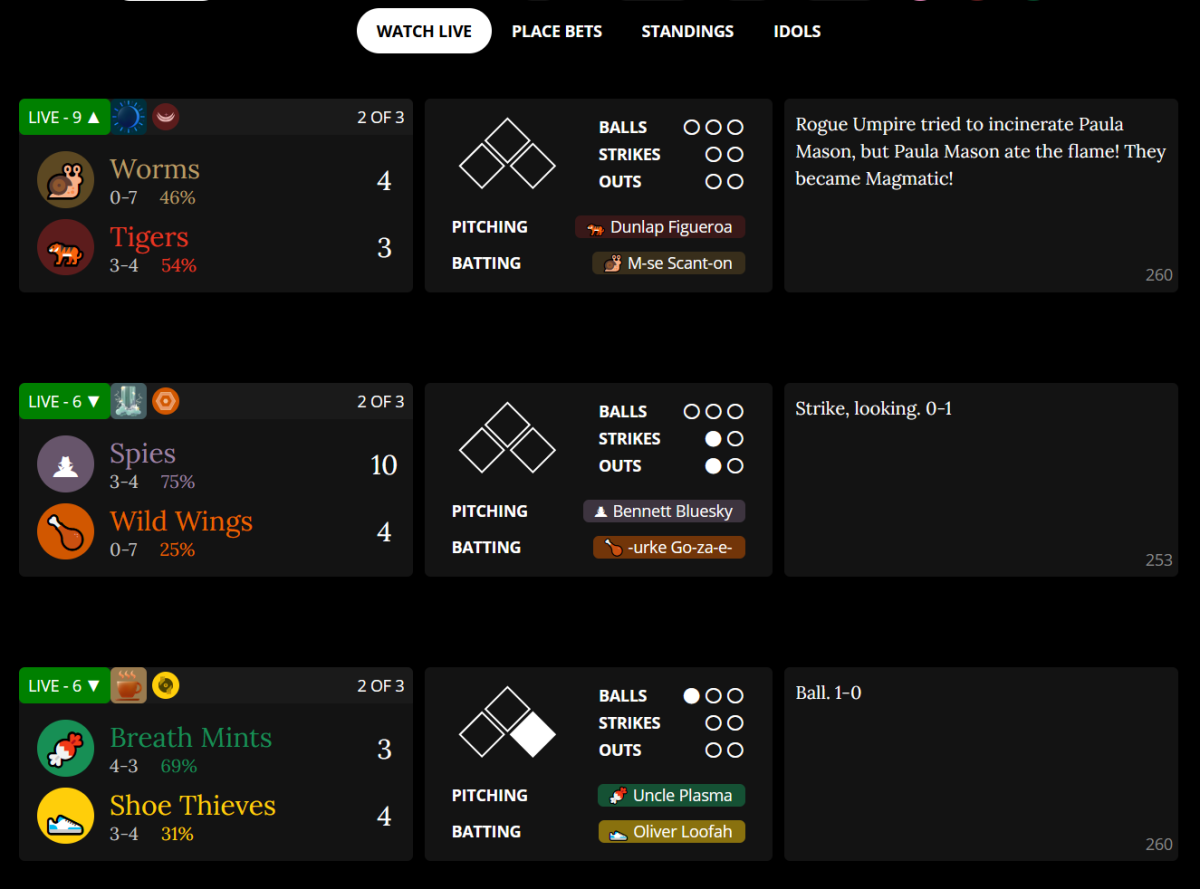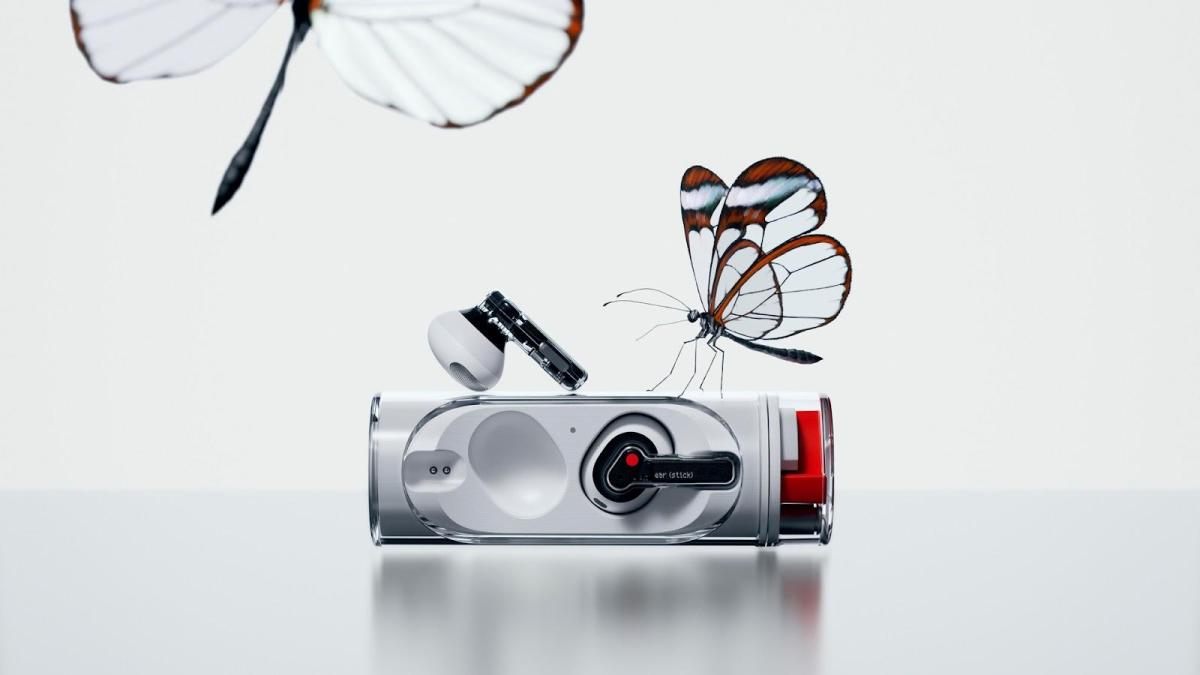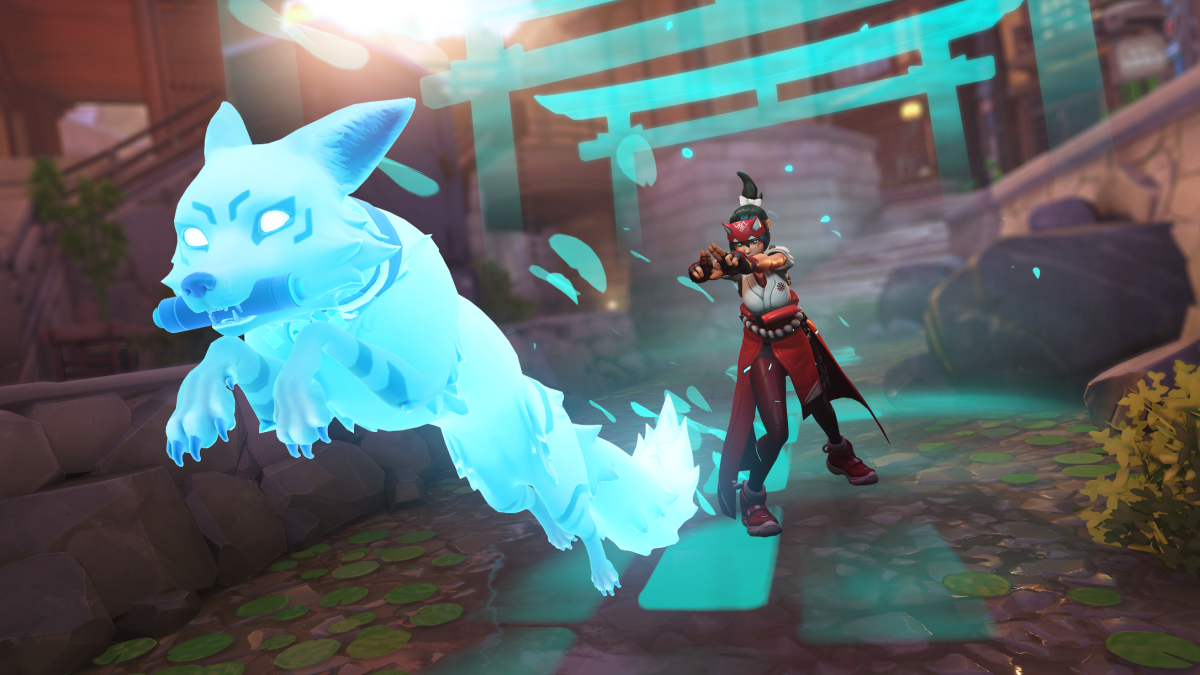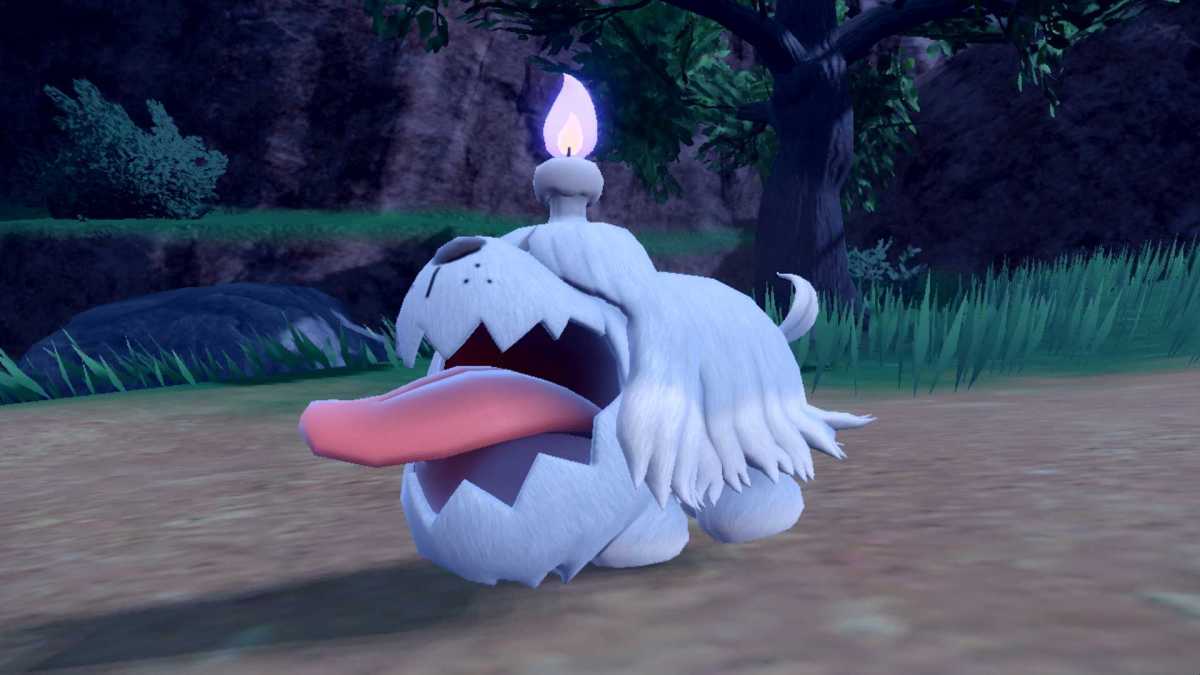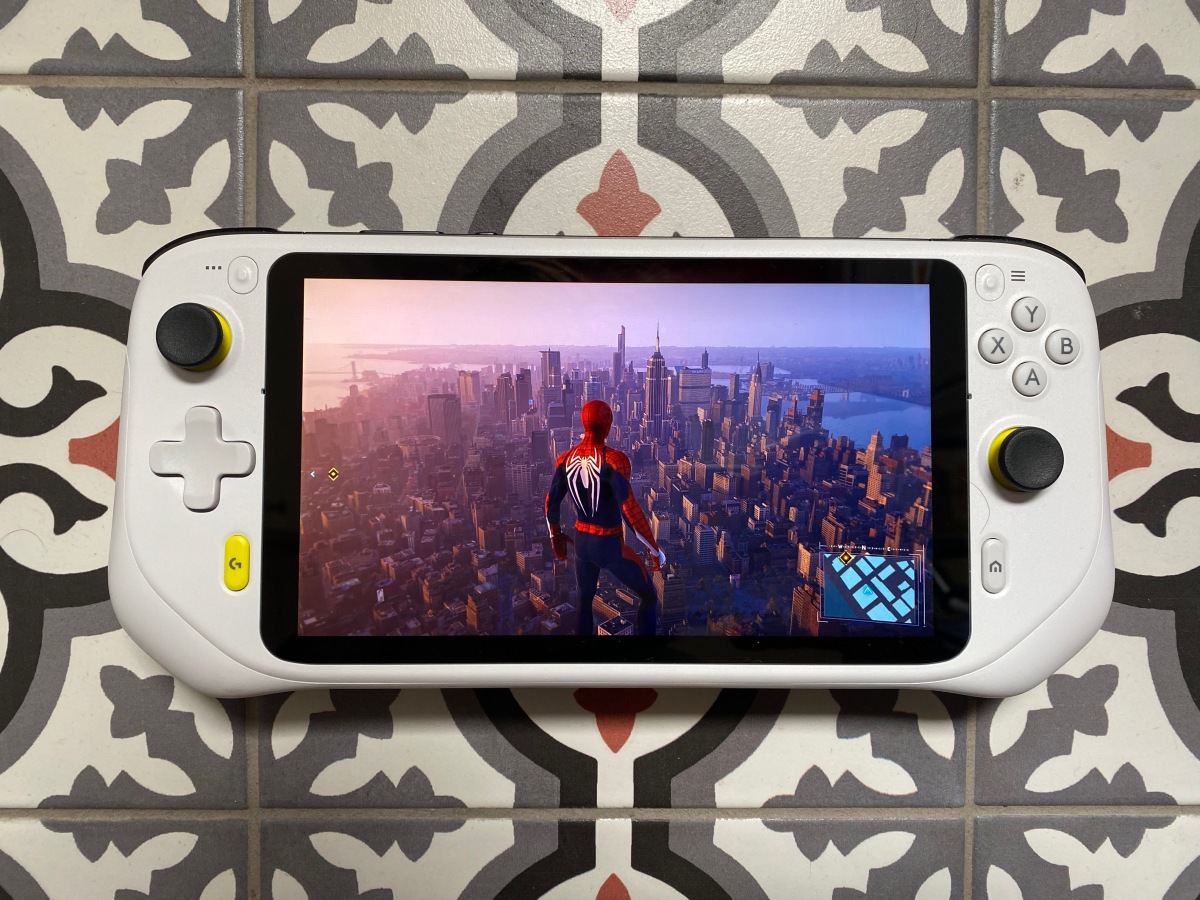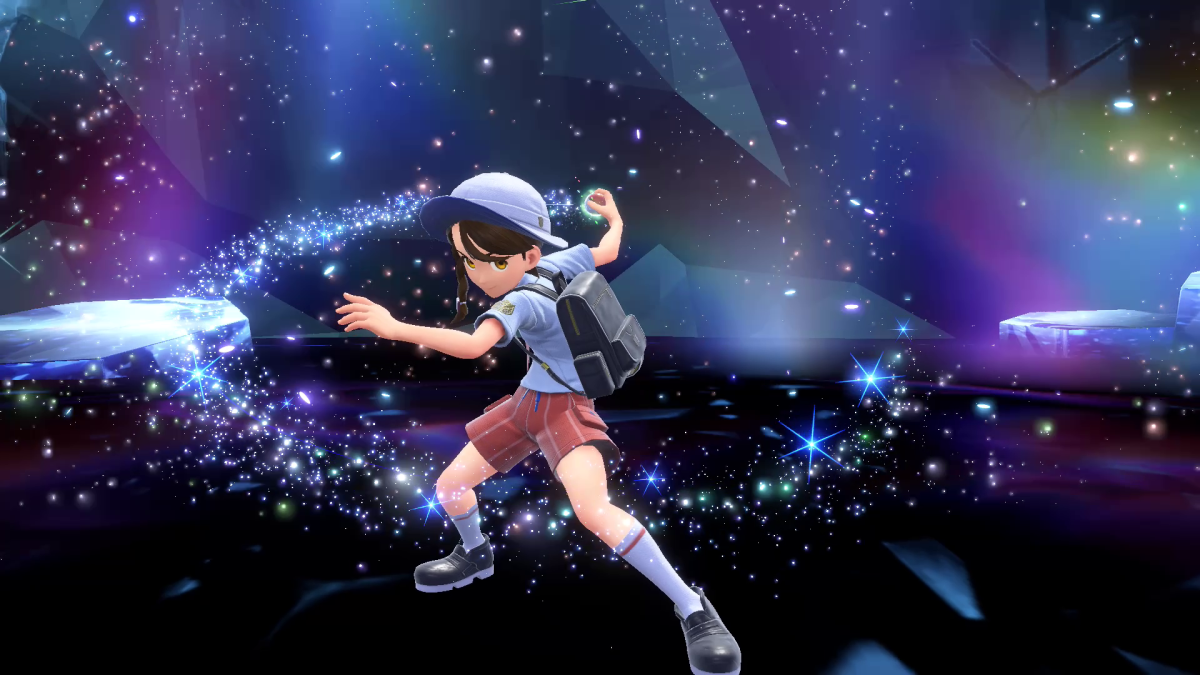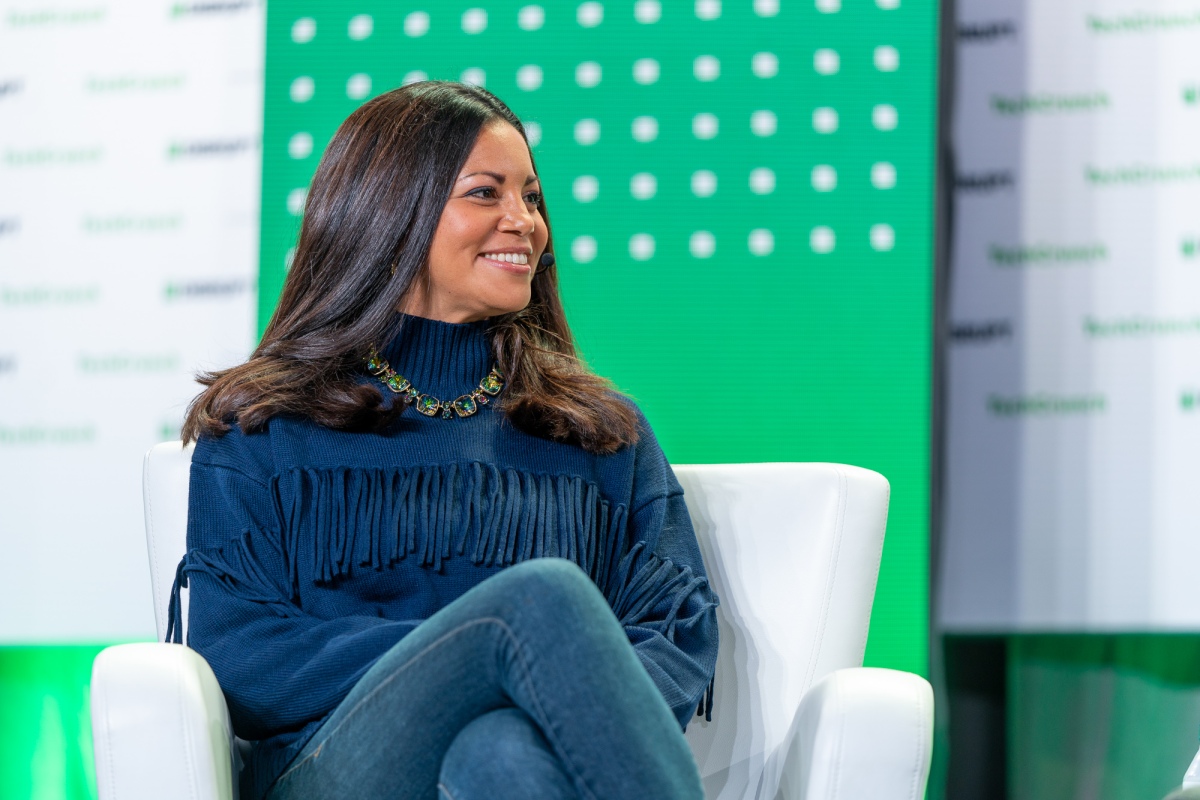Physical ‘copies’ of the new Call of Duty are just empty discs • ZebethMedia
Cartridges and discs used to be how you got the latest games, but that’s been changing as downloads have become more convenient and reliable. But some people prefer the sure thing: a physical copy, so they can play offline or with a bad connection. To them, Activision says “qq”: the Call of Duty: Modern Warfare II disc is basically just a link to a 150-gigabyte download. Now, to be fair, games that size don’t fit neatly on even high capacity Blu-ray discs, which for distribution purposes max out at around 50 gigs. Not that we haven’t seen multi-disc games before (I never finished Final Fantasy VIII because the final disc was scratched… someday, Edea), but clearly Activision decided it wasn’t worth the bother in this case. That’s something of a shame, because there are people all over the world who, for one reason or another, would prefer a physical copy of the game. There’s the ever-present fear that one’s digital access might disappear for whatever reason, or perhaps one has a spotty connection — a common issue in the military, I understand. Even those with decent internet might find themselves uncomfortably close to transfer caps if they start their month with a 150-gig spree (even more once Warzone gets added). It’s been getting tougher for people making that choice — still a perfectly valid one for TV and movies, if you’re willing to wait a bit, by the way — but generally they have been able to get a working, if not fully updated and optimized version of the game that just works when you put the disc in. That’s not the case with CoD:MWII, as discovered by players who pre-ordered the game and received the disc slightly early. Far from having the full game on it, the disc is almost completely empty. This 72-megabyte app is basically just an authenticator and shell that initiates the enormous download process. I’d be willing to bet that most of those 72 megabytes are 4K video files of logos. There’s even a pre-order steelbook bonus (that’s a metal case for the disc and anything else it comes with). Players may be disappointed to find that this fancy reinforced packaging protects nothing of value. Obviously there is great waste entailed in the production of perhaps millions of discs (though the numbers are likely much lower than they used to) for no reason. But waste is endemic in consumerism. The bait and switch of it is the galling thing — that Activision is taking the worst of both worlds. There’s literally no point in even providing a physical version of the software if none of the reasons for doing so are fulfilled by it. It’s the equivalent of the next season of Stranger Things coming on a disc that just loads up Netflix and starts streaming. Why bother? It’s worth asking whether Activision could have built a version of the game that fit on a disc at all. Considering how proudly they’ve been advertising the realism of the graphics, probably not. A single 4K texture unit, say for a building front or character model, may be scores of megabytes, and any AAA game will have countless such textures. Meanwhile the audio and video assets also have to fit on there, and they can only be compressed so far before they degrade. Chances are the team thought that while a functional disc version would be theoretically possible, it would not be an adequate representation of the game they’d worked so hard on. One sympathizes: imagine spending all that time doing high-resolution photogrammetry of an Amsterdam street only to have it look like a level from Quake. Would the outcry if they announced no physical edition at all be worse than them shipping a fake one? Hard to say. At least the former takes “courage,” as Apple would no doubt put it, while the latter is just misleading and wasteful. We may be entering an era where digital delivery is the standard, but there are good and bad ways of doing it. This was a bad way.
